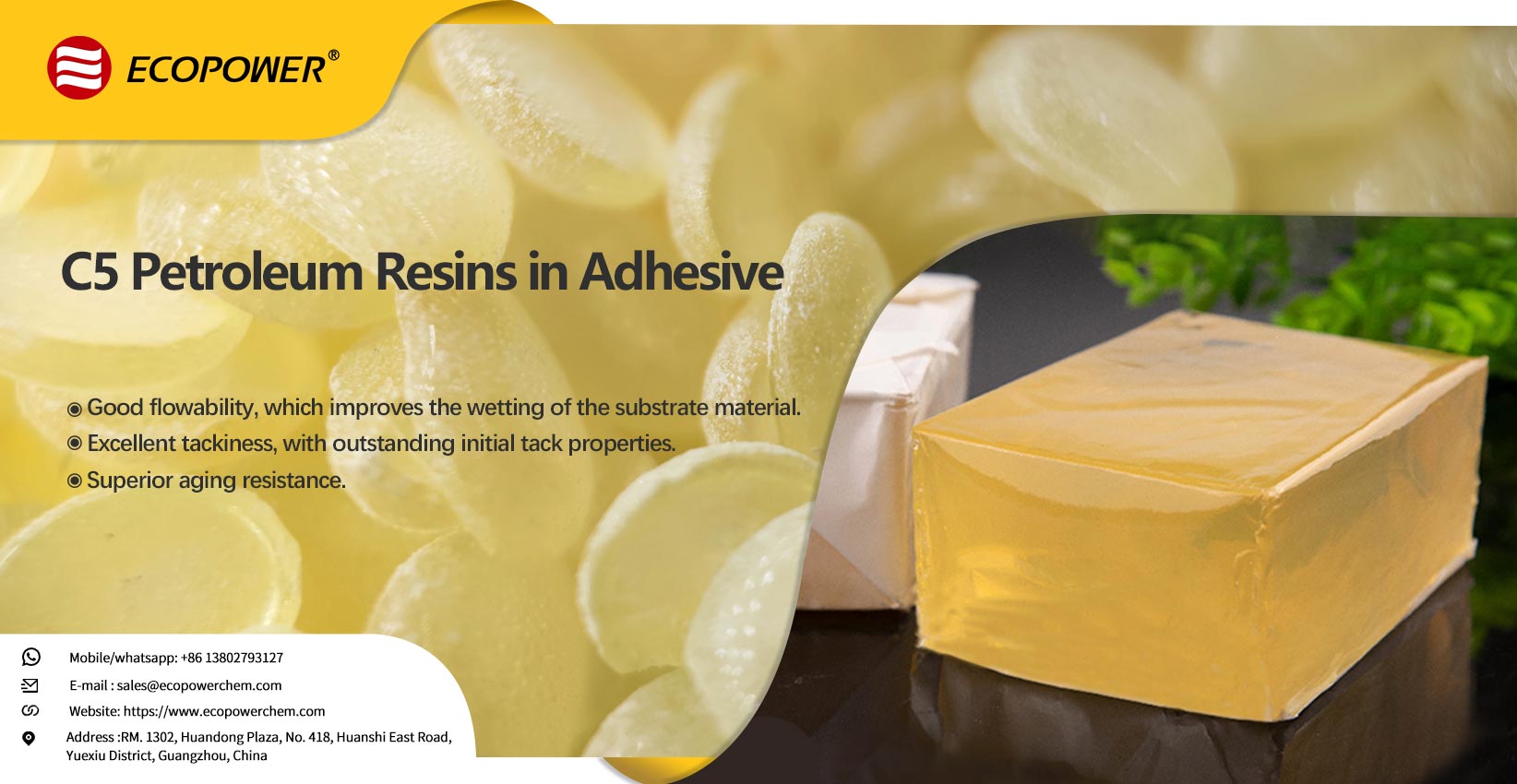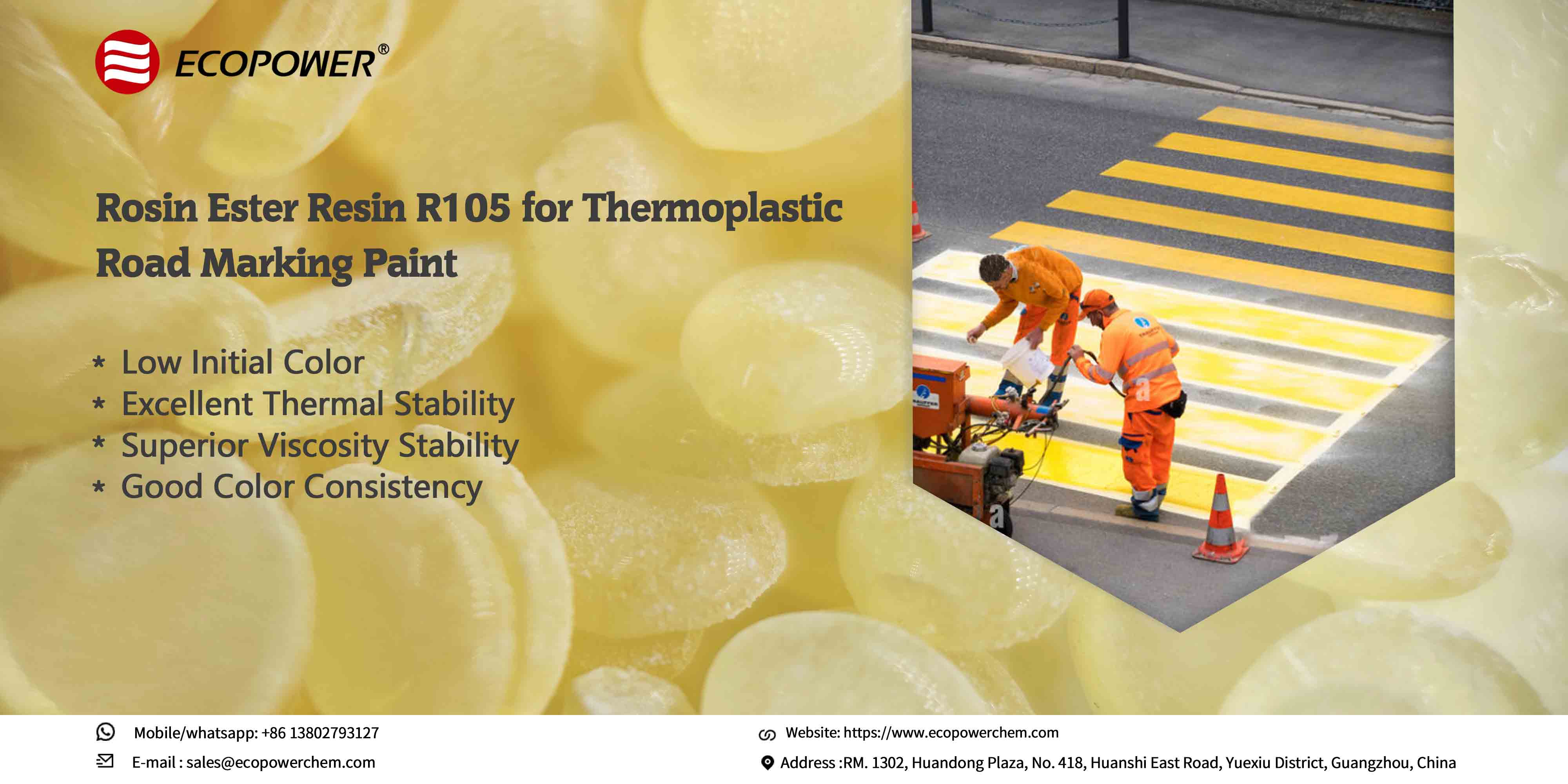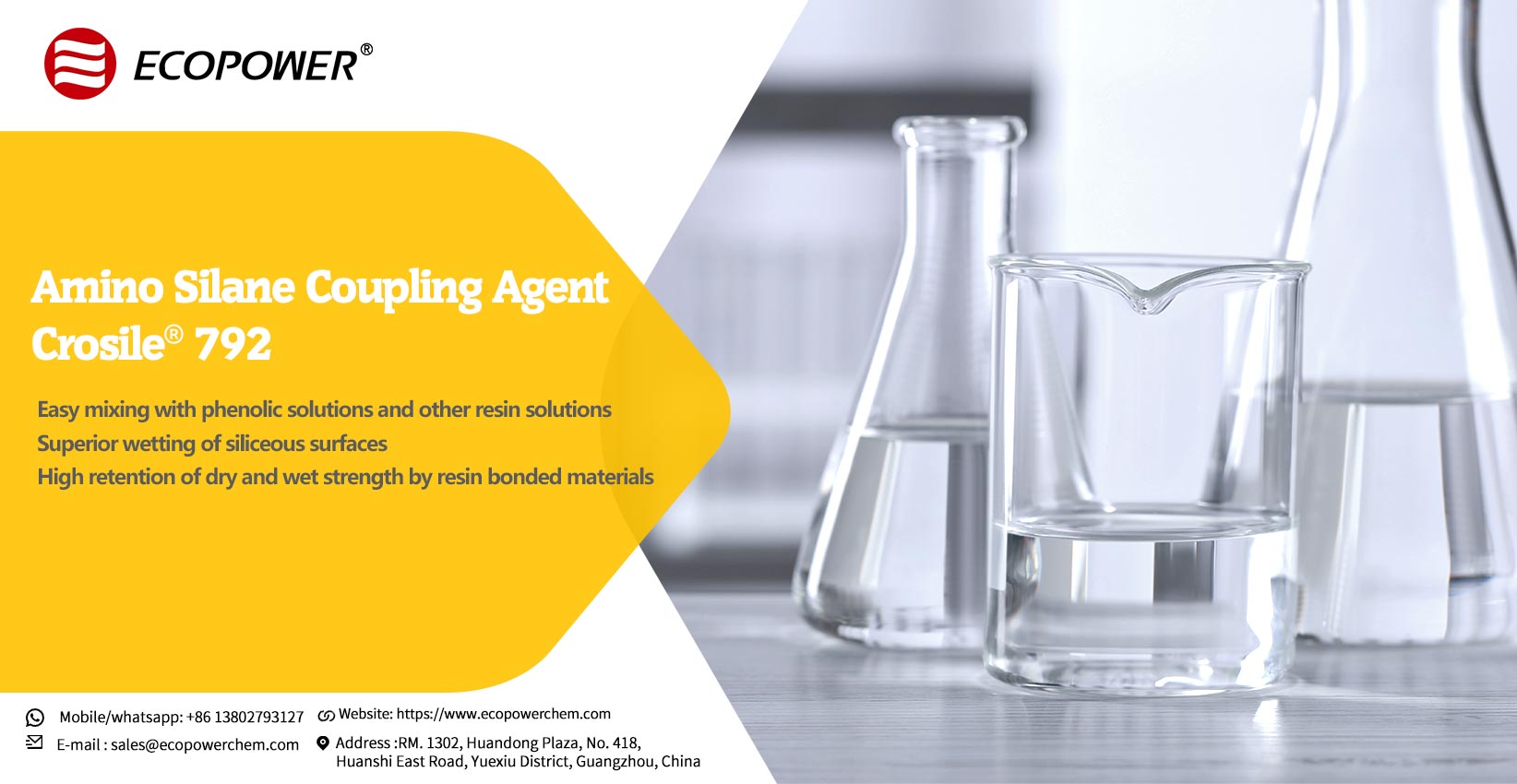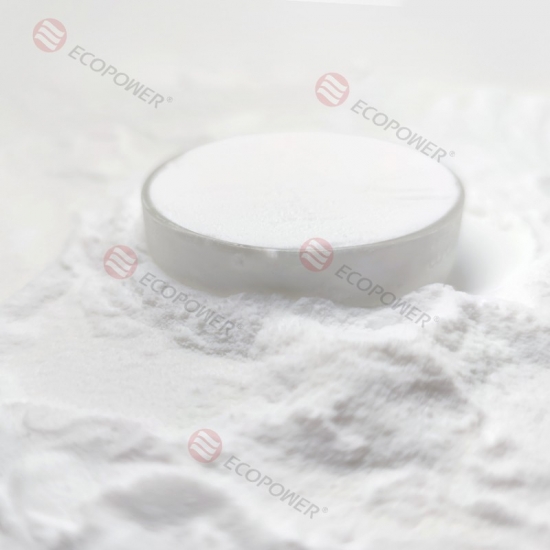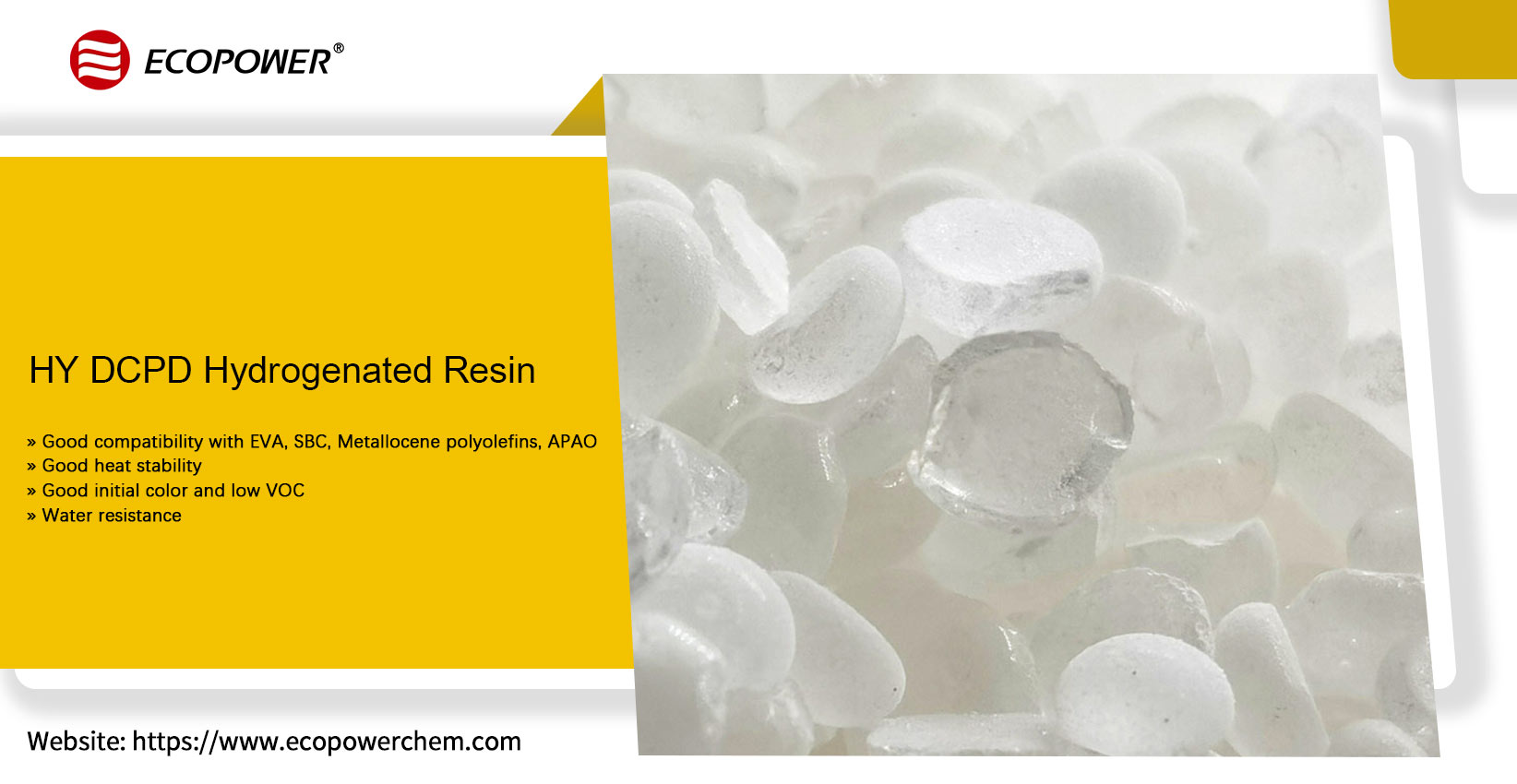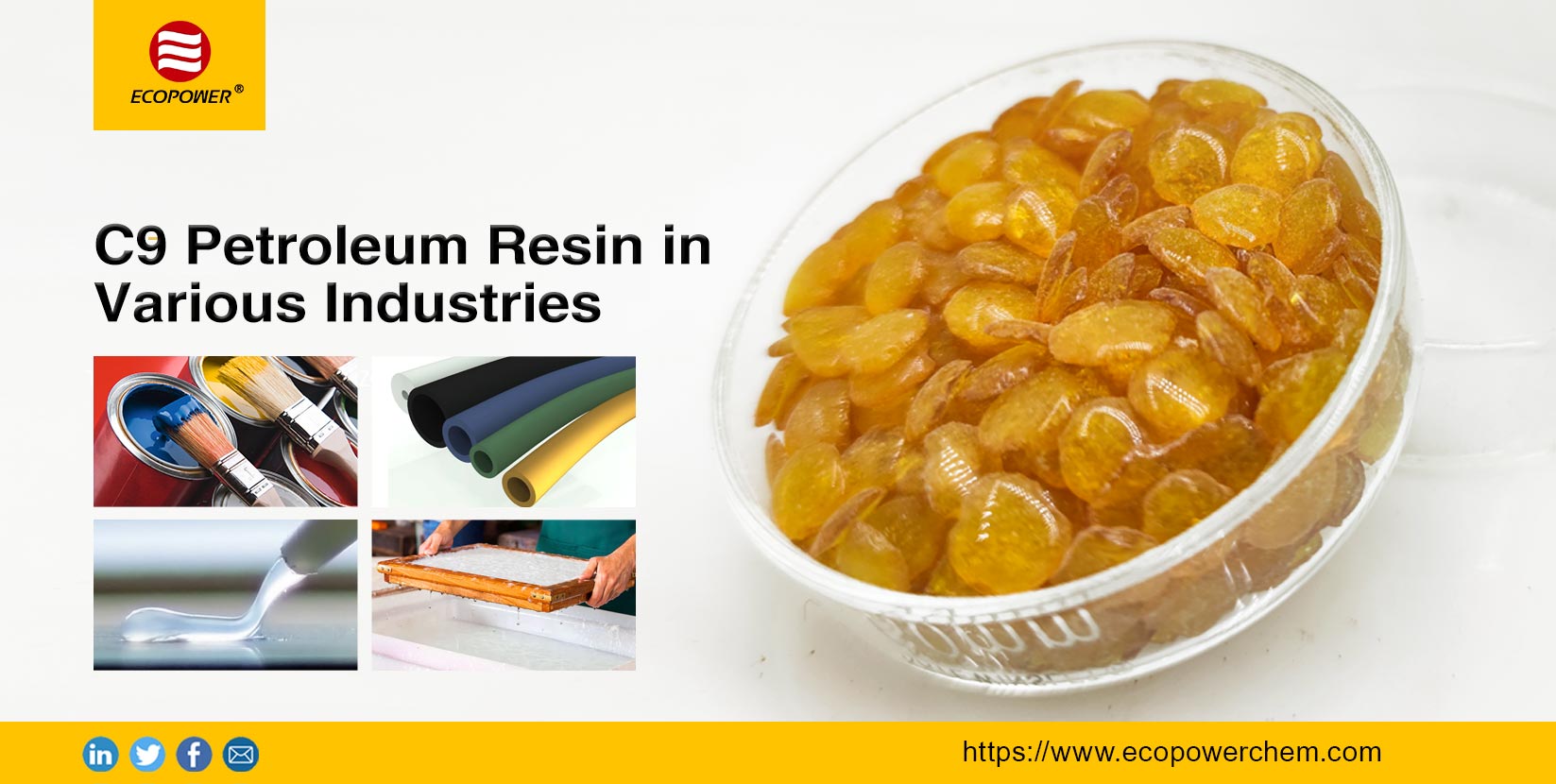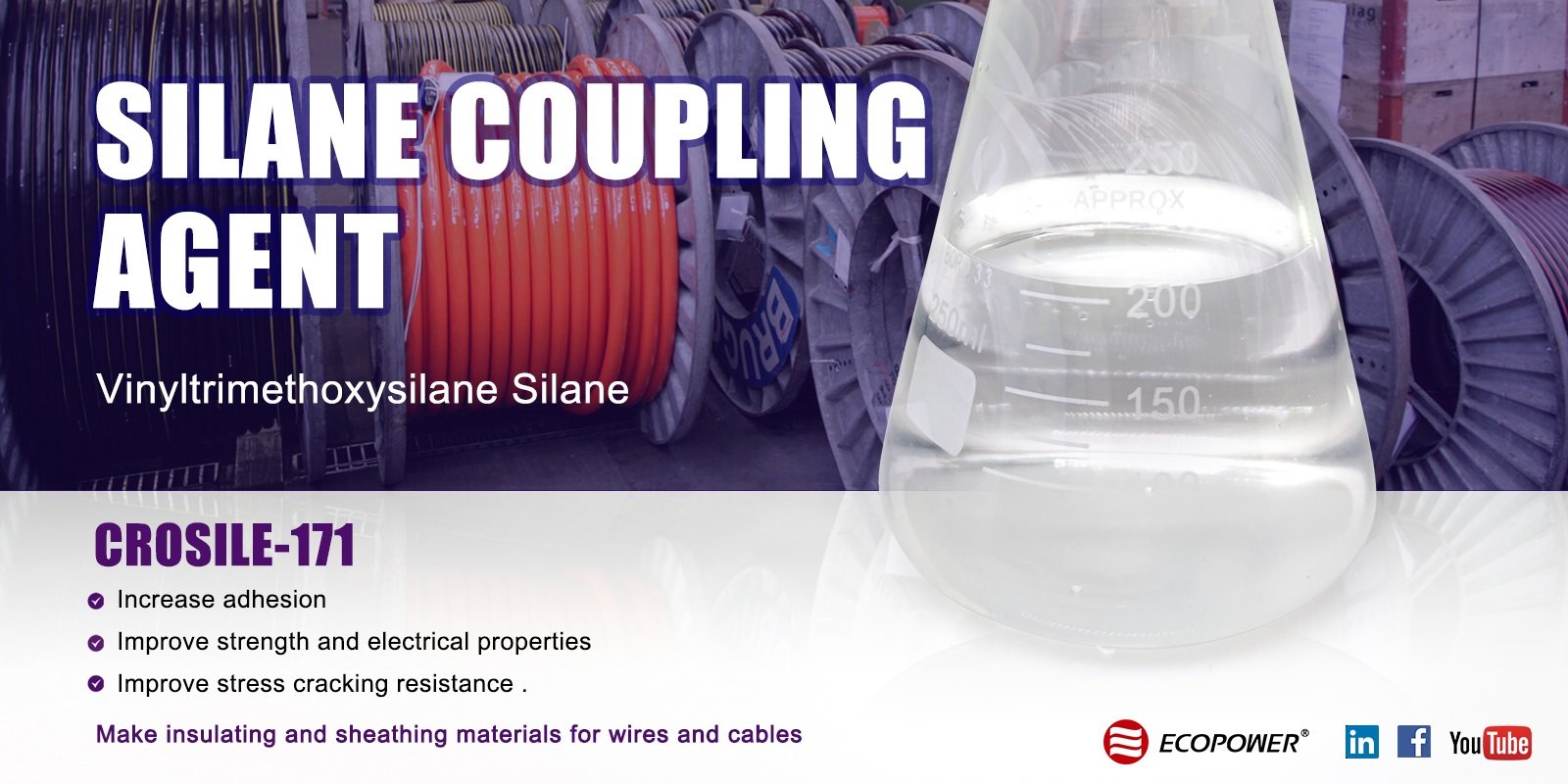Dec / 05, 2023
Enhancing Polymer Performance with Vinyl Silane Coupling Agents
Introduction Vinyl silane coupling agents, specifically vinyltriethoxysilane (CAS No. 78-08-0) and vinyltrimethoxysilane (CAS No. 2768-02-7), stand out as pivotal components within the silane coupling agent/crosslinker family. This article explores their significant role in various polymer applications, shedding light on their production landscape and highlighting key functionalities. Production Landscape In China, vinyl silane coupling agents contribute significantly, with their output accounting for approximately 10% of the market share. Vinyltriethoxysilane's Versatile Functions Vinyltriethoxysilane, with its chemical formula CH2=CHSi(OC2H5)3, serves dual purposes as a coupling and crosslinking agent. It finds compatibility with diverse polymer types such as polyethylene, polypropylene, and unsaturated polyester. Applications span a wide range, encompassing glass fiber, plastics, glass, cables, ceramics, and rubber. Polymer Modification and Applications This silane coupling agent is particularly adept at modifying polyethylene and copolymers, offering benefits like large processing tolerance and suitability for filled composite materials. Its remarkable attributes, including high service temperature, pressure crack resistance, memory properties, wear resistance, and impact resistance, make it a versatile choice for various industries. Grafting for Enhanced Properties Vinyltriethoxysilane can be grafted onto polymer main chains, introducing ester groups that serve as active points for warm water crosslinking. This modification enhances the polymer's performance, paving the way for the production of molded products like cable sheaths, insulation, pipes, and other extruded items. Compatibility and Application in Cross-Linked Polyethylene The vinyl group silane coupling agent exhibits compatibility with polyethylene, polypropylene, and more. Its primary application lies in improving the heat resistance of polyethylene, particularly in electric wires. This product plays a crucial role in the production of cross-linked polyethylene, contributing to elevated performance standards in end products. Conclusion Vinyl silane coupling agents, exemplified by vinyltriethoxysilane, emerge as indispensable components in enhancing polymer properties. With their diverse applications and compatibility with various polymers, these agents play a pivotal role in industries ranging from electric wires to molded products. As the market continues to grow, understanding the multifaceted benefits of vinyl silane coupling agents becomes crucial for manufacturers seeking advanced solutions in polymer production.
View More
